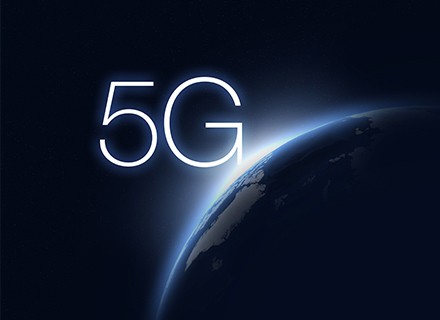The fifth generation of cellular technology is known as 5G. It is intended to boost wireless services’ speed, reduce latency, and increase flexibility.
The theoretical top speed of 5G technology is 20 Gbps, compared to 1 Gbps for 4G. Lower latency is another benefit of 5G, which can enhance the performance of corporate applications and other digital experiences (such as online gaming, videoconferencing, and self-driving cars).
While past cellular technology generations (such as 4G LTE) concentrated on guaranteeing connectivity, 5G takes connectivity to the next level by providing connected customer experiences from the cloud. Cloud technologies are utilised by 5G networks, which are virtualised and software-driven.
New connected experiences for users and improved network performance and speed will be brought about by 5G technology.
With the help of connected devices continually delivering data on vital health indicators like heart rate and blood pressure, 5G technology and Wi-Fi 6 connectivity will make it possible to monitor patients in the healthcare industry.
In addition, vehicles will be able to communicate with other cars and entities on the road, such as traffic signals, thanks to the use of 5G and ML-driven algorithms in the auto sector. These are only two commercial uses for 5G technology that can give users a better, safer experience.
Mobility will be made more accessible by the 5G network’s seamless open roaming capabilities between cellular and Wi-Fi connections. Without user involvement or the need to reauthenticate, mobile users can stay connected when they switch between outside wireless connections and wireless networks inside buildings.
Improved performance is one of the characteristics that the new Wi-Fi 6 wireless standard, also known as 802.11ax, has in common with 5G. Wi-Fi 6 radios can be installed where consumers need them, improving geographic coverage while being less expensive. These Wi-Fi six radios are part of an automated, software-based network.
In urban and underserved rural areas, where demand may exceed 4G technology’s capability, 5G technology should increase connectivity. To enable quicker data processing, new 5G networks will also have a dense, distributed-access architecture and relocate data processing closer to the edge and the consumers.

